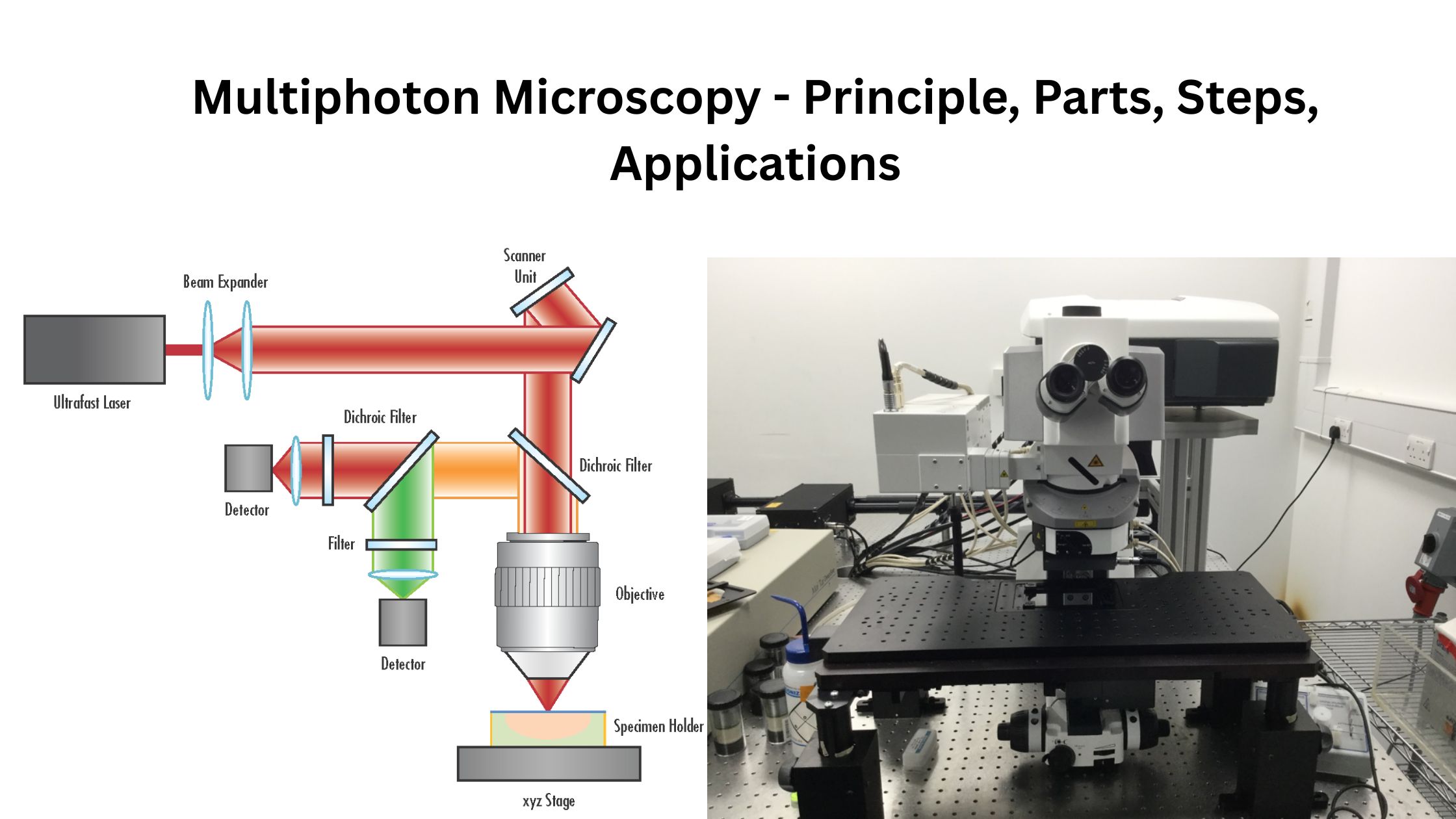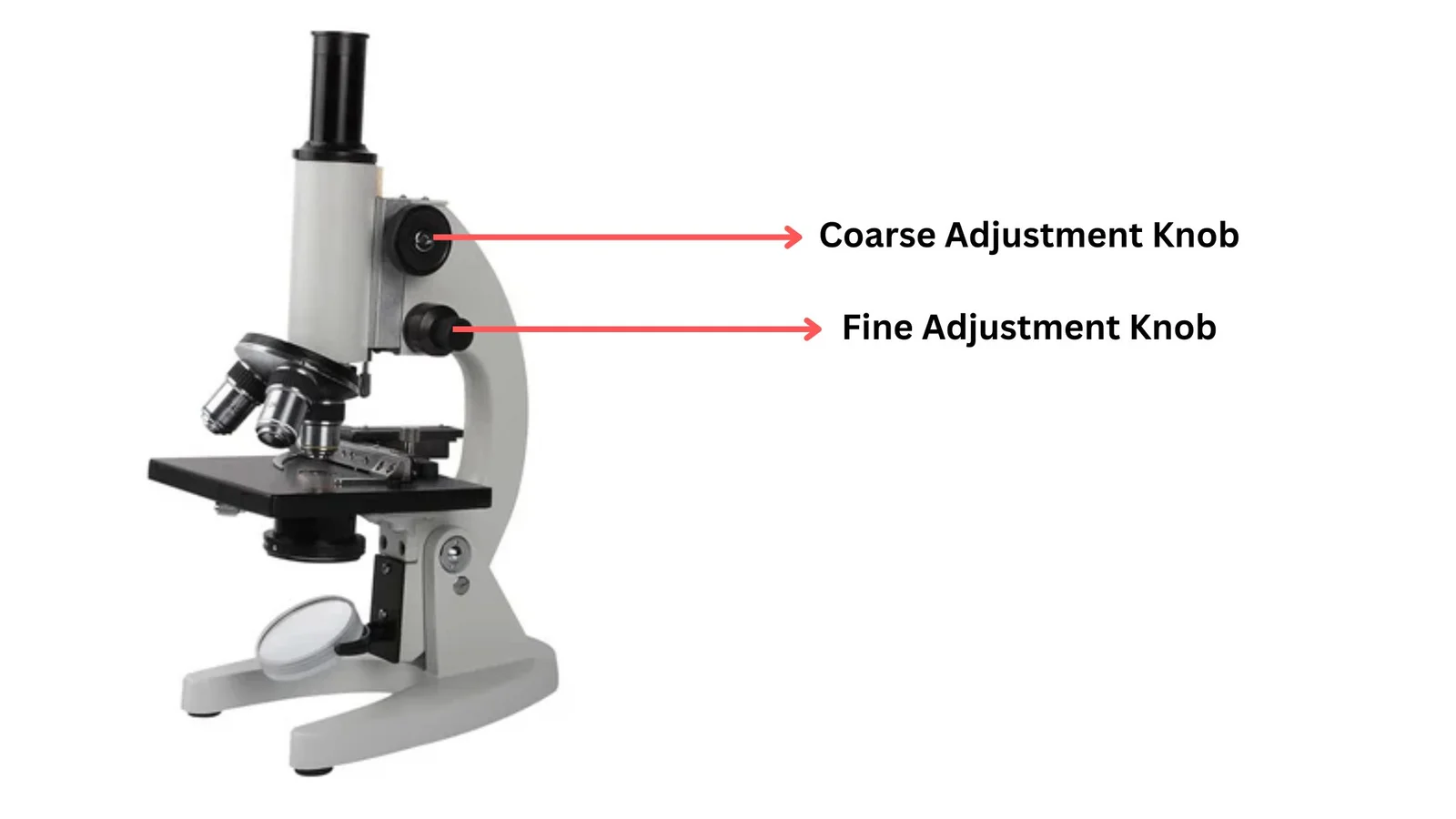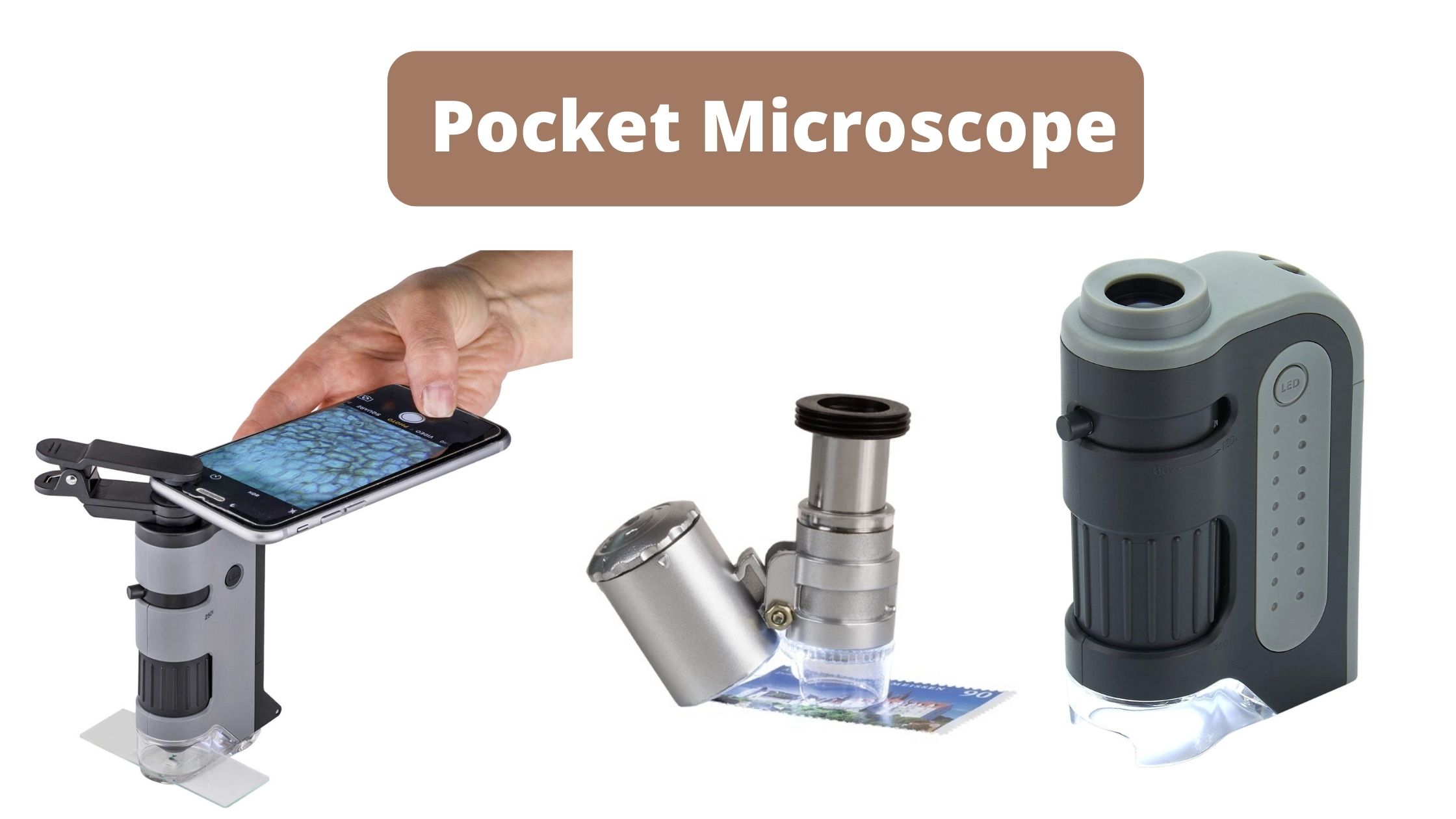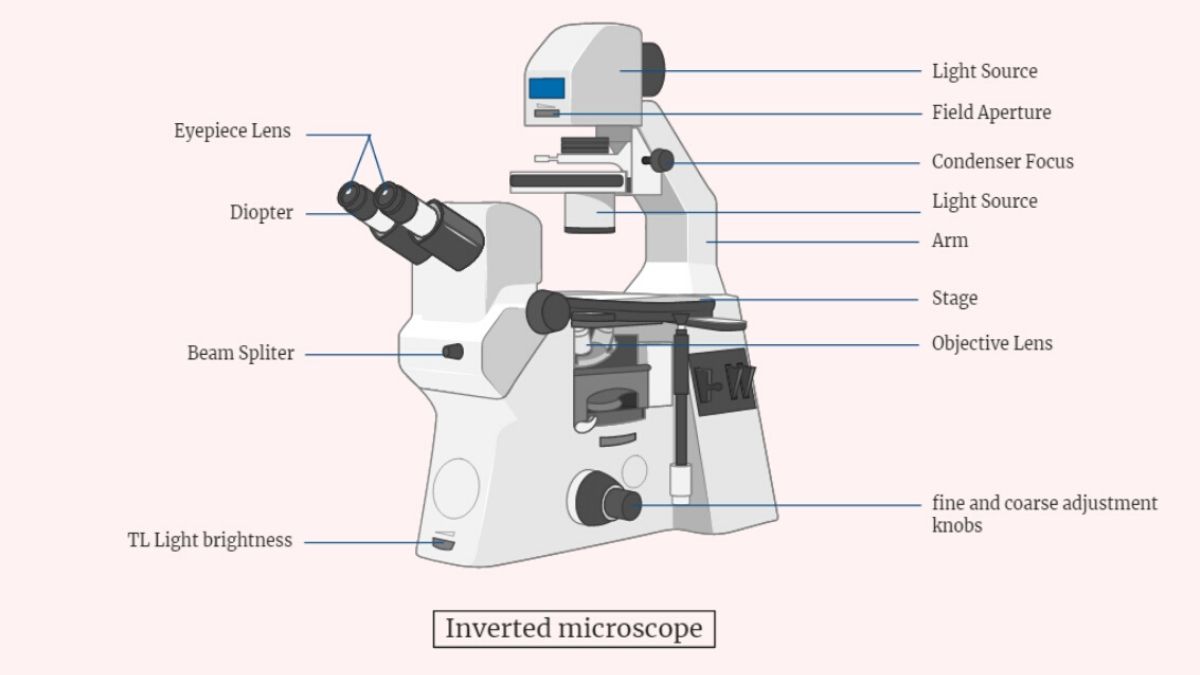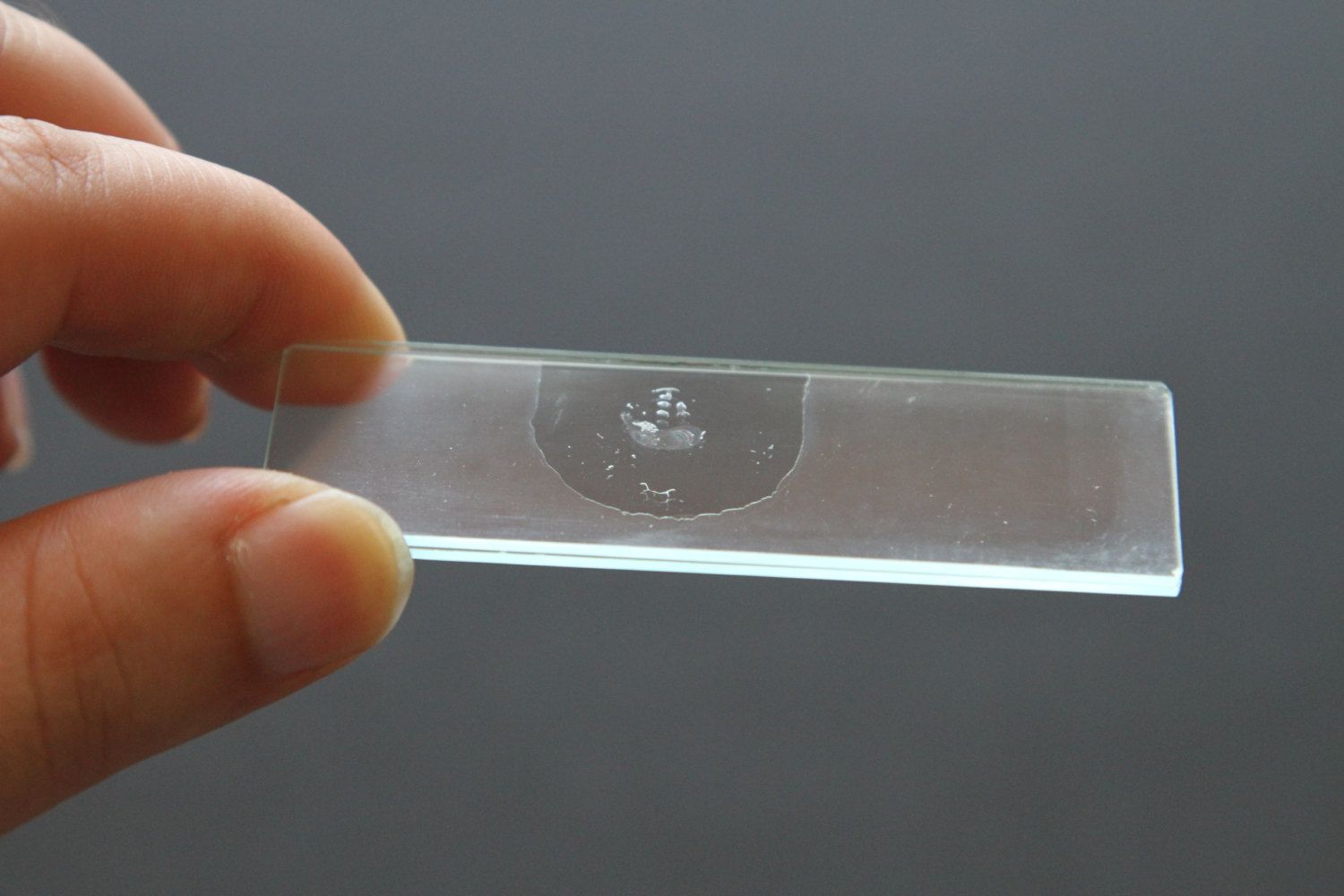Polarizing Microscopes – Principle, Parts, Procedure, Uses
What is Polarizing Microscope? Principles of Polarized Light Microscopes The Light Path and Image Formation of Polarized Light Microscopes Parts of a Polarized Light Microscope 1. Light Source – usually a halogen bulb that gives bright white light; it must be stable so the color don’t change by heating or voltage drift. 2. Condenser – … Read more

